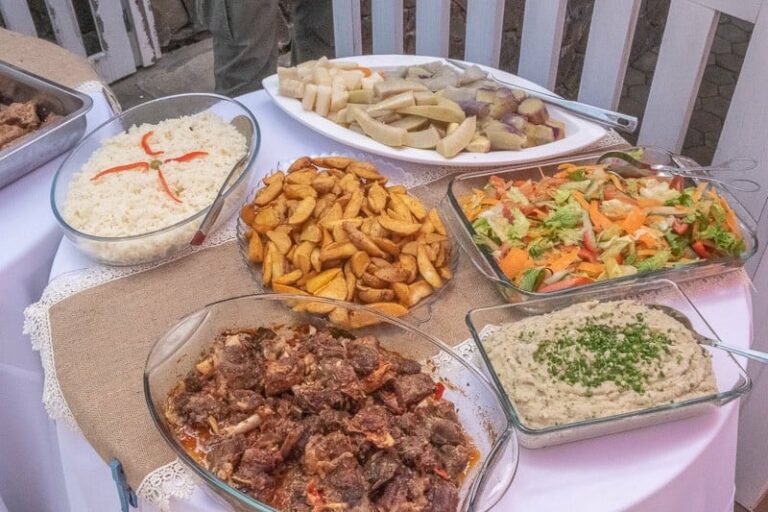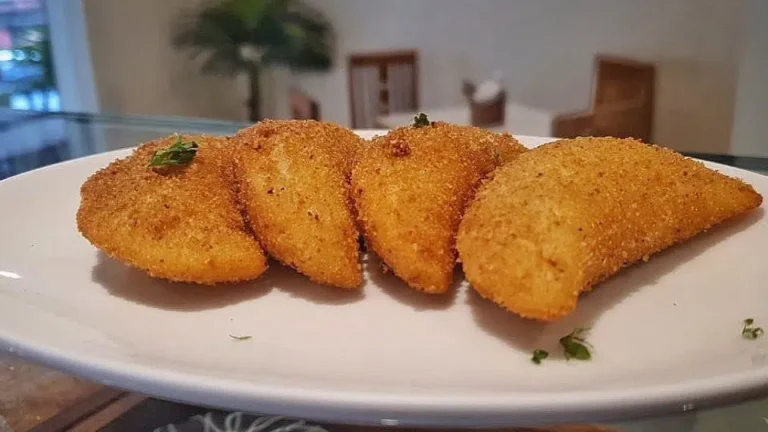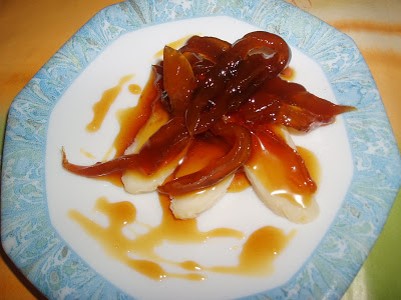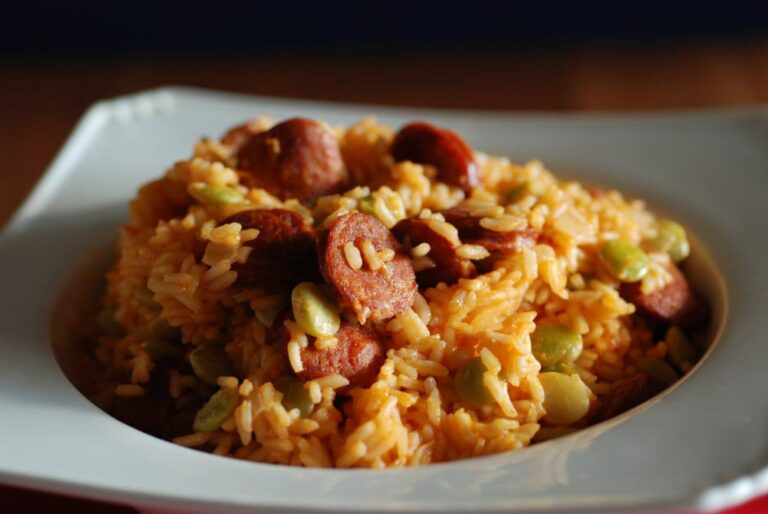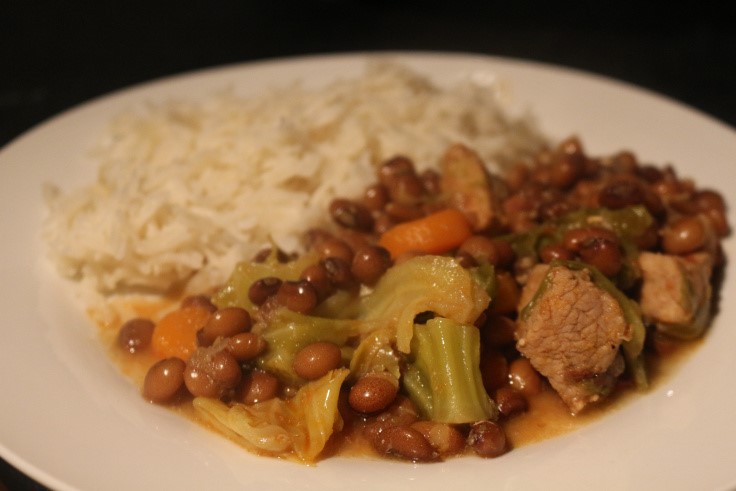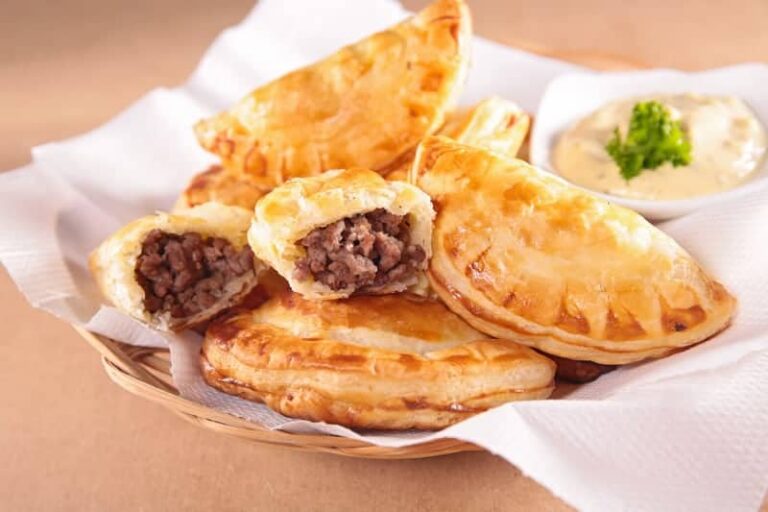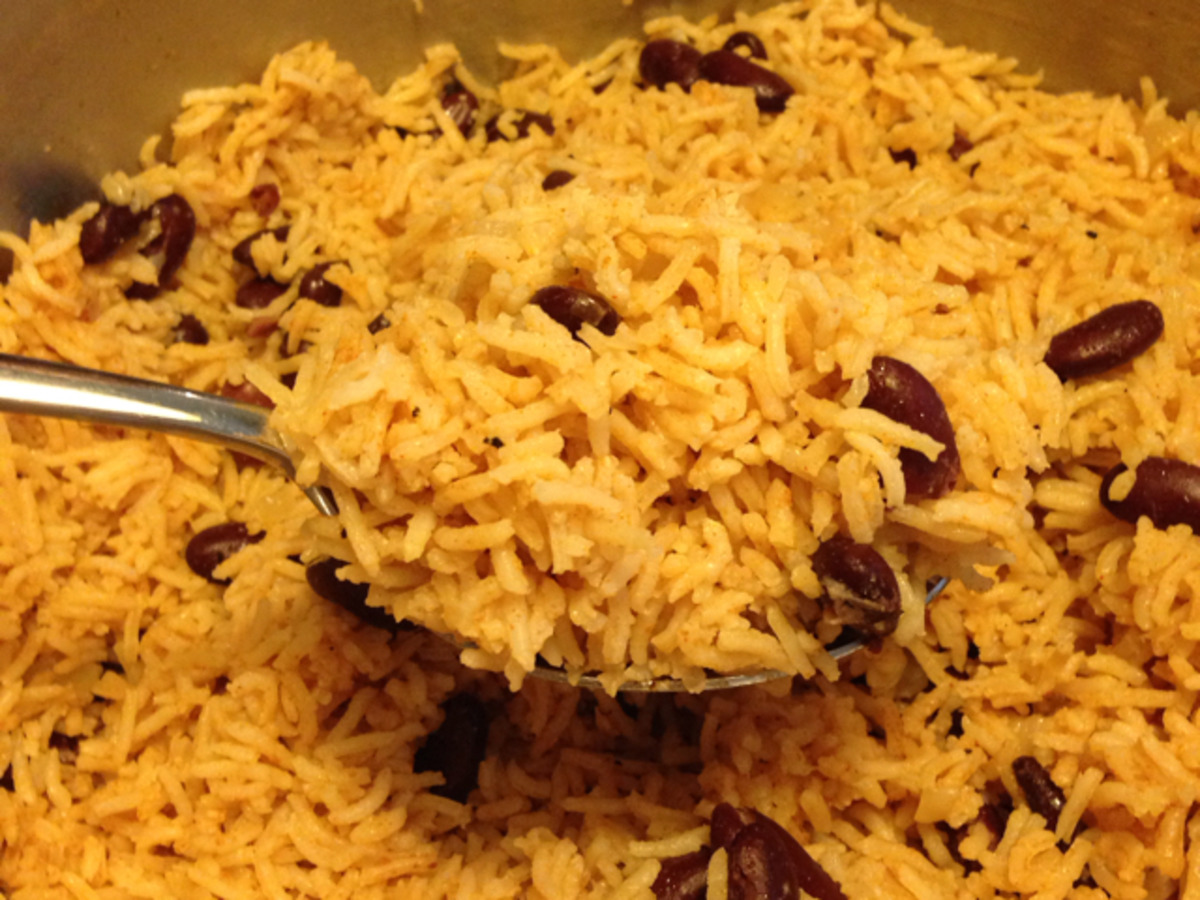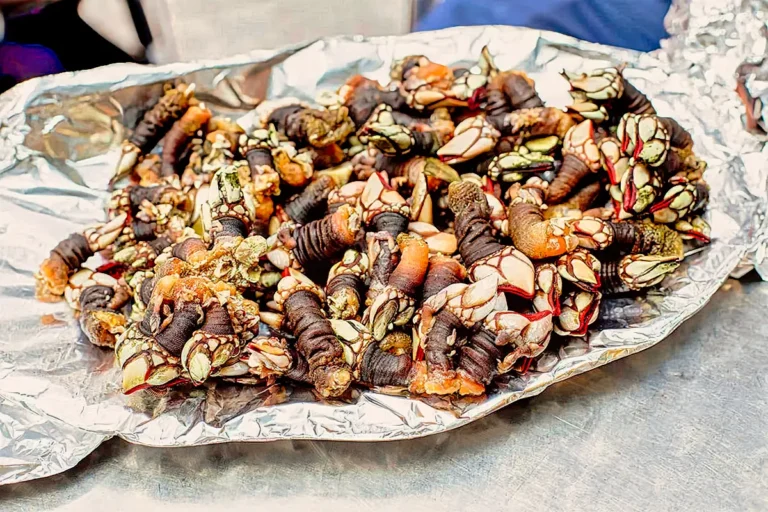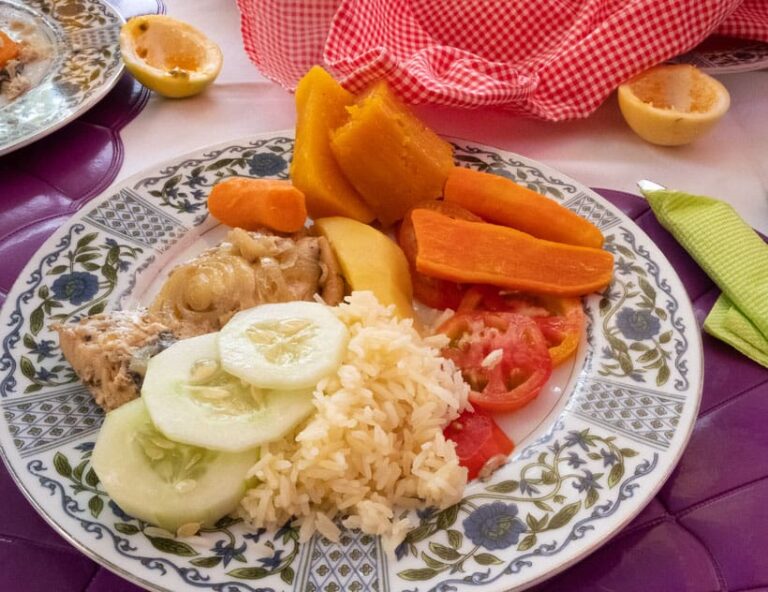Introduction: Exploring Cabo Verdean cuisine
Cabo Verde, also known as Cape Verde, is an archipelago of ten volcanic islands located off the coast of West Africa. Its cuisine is a delicious blend of African, Portuguese, and Brazilian influences. Cabo Verdean cuisine is characterized by fresh, simple ingredients, bold flavors, and a rich history.
If you’re planning a trip to Cabo Verde or want to explore its cuisine, you’re in for a treat. The islands are home to a wide variety of dishes, from hearty stews to flavorful seafood dishes and tropical fruit desserts. In this article, we’ll take a closer look at some must-try Cabo Verdean dishes that will tantalize your taste buds.
A brief history of Cabo Verdean food culture
Cabo Verdean cuisine is a reflection of the country’s history and cultural influences. The islands were first inhabited by the Portuguese in the 15th century, who brought with them new ingredients and cooking techniques. Over time, Cabo Verde became a key stop on the transatlantic slave trade, and African slaves brought with them their own culinary traditions.
Today, Cabo Verdean cuisine is a delicious fusion of African, Portuguese, and Brazilian flavors. The cuisine is characterized by fresh fish and seafood, hearty stews, and tropical fruits. Many of the dishes are made with simple ingredients like beans, maize, and cassava, but the flavors are bold and complex.
The top 5 traditional Cabo Verdean dishes to try
- Cachupa: The national dish of Cabo Verde
- Catchupa Rica: A meaty twist on the classic cachupa
- Buzio: A flavorful seafood stew
- Xerém: A cornmeal porridge served with seafood or meat
- Caldo de Peixe: A fish soup made with fresh fish, vegetables, and spices
Cachupa: The national dish of Cabo Verde
Cachupa is the national dish of Cabo Verde and is a hearty stew made with beans, corn, and vegetables. The dish is typically made with whatever ingredients are available, including fish, meat, or sausage. Cachupa is usually served with rice or bread and is perfect for a hearty meal on a cold day.
Catchupa Rica: A meaty twist on the classic cachupa
Catchupa Rica is a meaty twist on the classic cachupa. This dish is made with beef, pork, and sausage, giving it a rich, meaty flavor. Catchupa Rica is perfect for meat lovers who want to experience the flavors of Cabo Verdean cuisine.
Grogue: Cabo Verde’s signature spirit
Grogue is Cabo Verde’s signature spirit and is made from distilled sugarcane. The drink is strong and has a distinct flavor that is perfect for sipping on a warm day. Grogue is often served with a slice of lime or mixed with fruit juices to create refreshing cocktails.
Other Cabo Verdean dishes to add to your list
In addition to the top 5 traditional Cabo Verdean dishes, there are many other dishes to try. These include Cuscus, a steamed couscous dish, Pastel, a fried pastry filled with meat or fish, and Queijada, a sweet cheese dessert.
Where to try Cabo Verdean cuisine in Cabo Verde and beyond
If you’re planning a trip to Cabo Verde, there are many restaurants and street vendors that serve traditional Cabo Verdean cuisine. Some popular dishes can also be found in other countries with Cabo Verdean communities, such as Portugal and the United States. Whether you’re in Cabo Verde or abroad, be sure to try these delicious dishes for a taste of Cabo Verdean culture.

